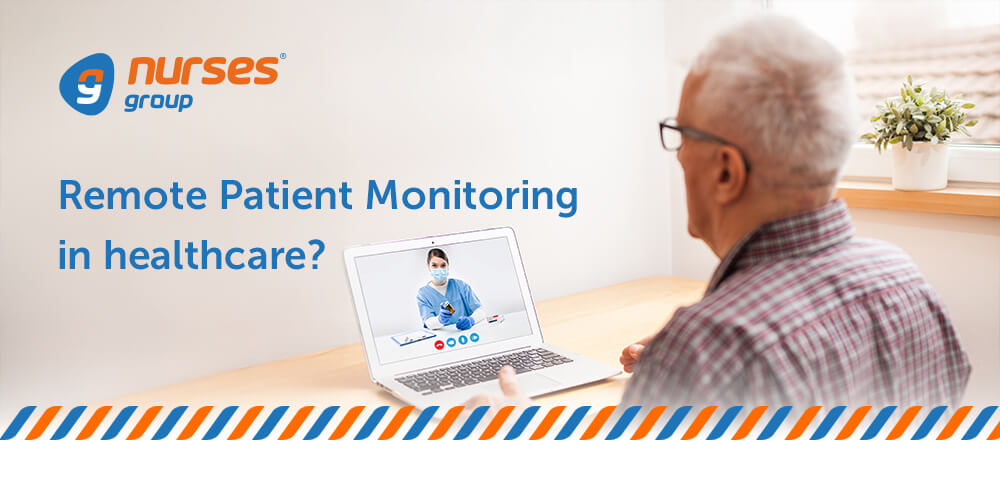
As we know, the healthcare industry is one of the fastest-growing sectors in the world, with significant advancements in technology. One of the best innovations established for patient management is remote patient monitoring (RPM). Conversely, the use of mobile apps and wearable technology has improved patient care and made it easier for people to access healthcare services.
The arrival of remote patient monitoring devices has improved patient care by collecting, analysing, and transmitting patient health data, and enables healthcare professionals to monitor their patient's well-being remotely. The common health data that is collected with RPM devices includes vital signs, weight, blood pressure, and heart rate, etc.
The key feature of RPM is that both the patients and healthcare assistants can access the RPM records from anywhere. Features of RPM include real-time health data collection, remote access and monitoring, custom alerts & notifications, patient portals or apps, data analytics and reporting tools, compliance with healthcare regulations etc.
Remote patient monitoring (RPM) is changing the way healthcare is delivered. Instead of visiting a clinic or hospital regularly now patients can have their health conditions tracked from their home itself. This approach is particularly helpful for individuals with long-term or high-risk conditions, where nurses or doctors provide real-time updates and help them detect early on or intervene when something goes wrong.
The examples of remote patient monitoring are like:
1) Heart disease and hypertension
2) Chronic respiratory conditions
3) Diabetes management
4) Post-COVID-19 recovery
5) Tracking oxygen levels
Whether it's helping people manage long-term conditions like diabetes or heart-related problems or simply supporting recovery at home, remote patient monitoring tools make it easier to keep patients safe, stay informed, and involved in their own care. As technology continues to advance, these systems will become even better, more accurate, easier to use, and an increasingly integral part of how we deliver connected, proactive healthcare.
Remote Patient Monitoring (RPM) provides a host of advantages improving both patient experience and healthcare delivery. Providing people to monitor and interpret their own health states, RPM causes more active patient participation and sense of responsibility for taking care of their health by themselves. It also improves the quality of care overall by offering healthcare assistants a real-time, relevant information, allowing for more precise and timely decisions to make. Maybe most significant, the assurance of around-the-clock monitoring provides peace of mind with the knowledge that any troublesome changes can be instantly responded to before they become more serious.
Here are some benefits of Remote Patient Monitoring (RPM):
a) Early detection and health issues
b) Better management of chronic conditions
c) Fewer hospital visits
d) More personalised care
e) Improved patient engagement
f) Convenience & Comfort
g) Cost Savings
1) Technology barriers: Few patients, like elderly may struggle with using digital devices or apps.
2) Privacy and data security concerns: Health data is sensitive, and there’s always a risk of data breaches or unauthorised access. However, most modern RPM systems follow strict security protocols and encryption standards to keep patient information safe and protected.
3) Initial setup costs: While saves money in long-term, initial cost for devices and software's can be high for some patients.
At the initial stage of healthcare practices when using remote patient monitoring (RPM), it's easy to see the promise, but pitfalls abound. Mistakes can happen from patients or providers, avoiding these errors ensures the RPM program runs smoothly, and truly benefits to patients and their well-being. Healthcare professionals must be very cautious to avoid certain common mistakes to improve patient trust, data accuracy, and clinical decision-making. Healthcare professionals should avoid the following errors when using RPM by following best practices:
1) Lack of proper patient education
2) Ignoring data alerts or delays in response
3) Choosing the wrong RPM devices
4) Poor communication with patients
5) Not getting physician-ordered RPM services
IoT is increasingly becoming prominent across multiple spheres of healthcare, primarily in the emerging space of telehealth. Perhaps the most promising use is Remote Patient Monitoring (RPM), enabling healthcare professionals to provide care to patients in rural or remote areas. Using wirelessly connected devices and secure software, RPM facilitates the gathering of real-time health information from patients. This not only decreases the likelihood of complications but also enables physicians to identify and treat critical health conditions much earlier.
The Internet of things (IoT) plays a major role in Remote Patient Monitoring (RPM) by enabling real-time data, and improved patient outcomes. As a result, patients are less likely to make complications, and acute complications can be diagnosed earlier. Here’s is the breakdown of its role:
Remote Patient Monitoring (RPM) is transforming healthcare delivery by closing the gap between providers and patients through technology-enabled real-time solutions. Through enabling constant monitoring, early recognition of illness, and tailored care all from the home of a patient, RPM not only enhances clinical outcomes but also involves patients more and lightens the load on healthcare systems. With growing advancements in technology, RPM will continue to play a central role in developing a more accessible, efficient, and proactive future in healthcare.

Nurses Group became the most trusted healthcare agency by following the simple formula, we treat our clients like family. We aim to provide a quality and reliable healthcare service through our team of committed and experienced nursing staff.
Nurses Group is a family-owned and operated Healthcare Company with years of experience in the
UK healthcare industry. © Nurses Group, a division of JSS Healthcare Ltd. Registered in England
& Wales. Reg No. 09846338
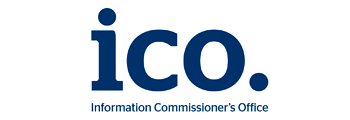
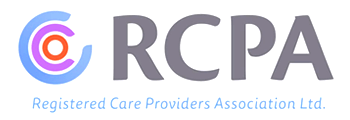
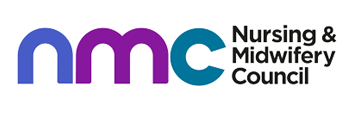
© 2015-2025 nursesgroup.co.uk. Powered by John & Smith
